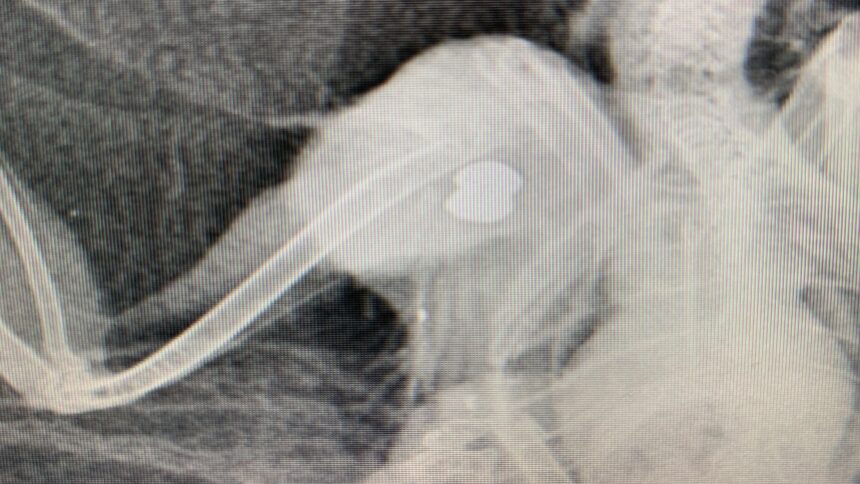SB Wildlife Care Network seeing more birds shot by pellet guns

SANTA BARBARA COUNTY, Calif. - As more people have gotten outside during the pandemic, more injured animals have been spotted and sent to the Santa Barbara Wildlife Care Network for treatment.
The Care Network averages about 4,000 animals treated in a year, but is already quickly approaching that mark with more than three months left in 2020.
“People have been paying a lot more attention to the wildlife,” said Claire Garvais, the Care Netwrok's director of communications.
Many of the injured animals that come to the nonprofit's Care Center, located just north of Goleta, are birds.
Unfortunately, staff and volunteers have noticed an increase this year in birds--such as owls, crows and seagulls--being shot by pellet guns and receiving devastating injuries.
"Recently, we've seen an uptick in these issues... throughout the county," said SBWCN executive director Ariana Katovich. "It's concerning to us because these species--raptors, pelicans, hundreds of birds--are protected federally under the Migratory Bird Act. And so to harm them, to take them, to kill them... it's against the law. And it's also egregious."
“It’s just so heartbreaking when we see these acts of malice,” Garvais said. “When we see intentional harming of wildlife. That’s something that all of us who are here at the Wildlife Care Network just can’t fathom.”
The Care Network has treated about 20 animals that have been shot over the past two months. The pellets are forceful enough to not only break bones, but also severely damage the surrounding tissue, making it difficult to treat the birds. Some have had to be humanely euthanized.
“These injuries are often pretty severe because of the high impact of the bullet,” said Care Network veterinarian Avery Berkowitz. “We’re usually looking at more fractures, worse fractures and worse surrounding tissue viability.”
Even with more of these incidents being noticed this year, it's been difficult to track down anyone responsible.
“These animals usually show up in someone’s backyard, who brings them in to us,” Berkowitz said. “They may have no idea how they were shot, or where they were shot, if [the bird] managed to make it some distance away.”
Some may see these birds as pests, but they are integral to local ecosystems and food chains.
"They keep everything in balance for us," Garvais said. "It’s really important that we don’t take out the top predators, because they really make sure that the whole ecosystem can remain in harmony.”
Not all harm being done to local birds is intentional. The SB Wildlife Care Network also warns the public that rat poison can poison predatory birds' food supply, which then can prevent their blood from clotting properly. Minor injuries could then cause serious or fatal blood loss. Wildlife Care staff view the predatory birds themselves as the best form of pest control.
To learn more about the birds being shot, you can visit the Care Network's website.
The Care Network is also hosting a virtual benefit on Saturday, Sep. 26 to provide up-close looks at animals at the Care Center and raise money for animal care.
